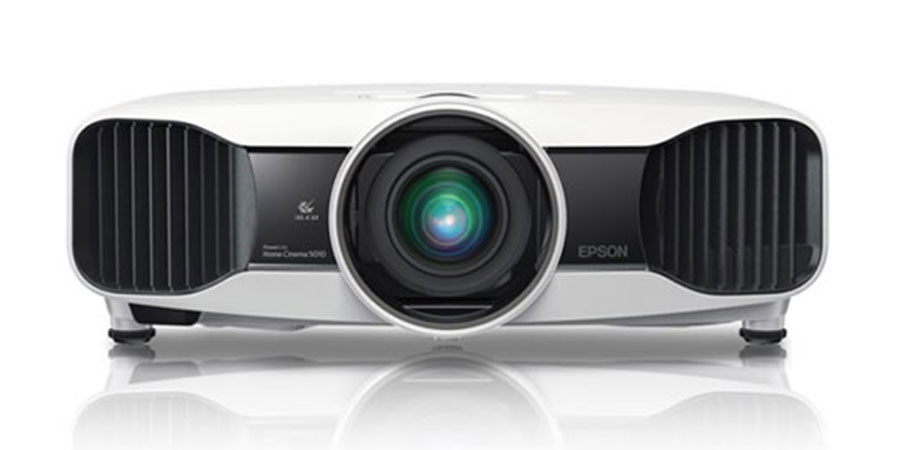
Buying a projector can be confusing at first especially if you’re not familiar with the product. Because of this, you need to learn something about it. To start, there are two different types of home theater projectors that you can choose from. These are the DLP (Digital Light Processing) and the LCD (Liquid Crystal Display) projector. The DLP use mirrors to project the images while the LCD uses lights that passes through three panels that are red, blue, or green. Both have advantages and disadvantages and finding out what they are will better help you in choosing what type you need.
The DLP produces a smooth image, has a high contrast ratio, and is highly accurate with no shadows. However, it produces a rainbow effect that contains brief flashes of color across the screen. It is also not as bright as the LCD technology and it has a limited number of pixels because of the mirrored chip. On the other hand, the LCD projector contains an advanced technology which makes it expensive compared to the DLP. It is very compact, it has a good color saturation, and it has a high brightness capabilities. However, it can have dead pixels compared to the DLP projectors. They lose image quality as time passes and the color uniformity is lower compared to the DLP projector.
Aside from that, there are other aspects that you should consider before buying a projector. Choosing the aspect ratio should be based on the type of videos or programs that you will be watching. The brightness, on the other hand, should be enough to have a sharp and clear picture without hurting the eyes. Matching the resolution with the type of material is important as well. Therefore, if you plan on using the projector for gaming, Blue-ray players, or devices using HDTV signals, then you will need a higher resolution. You can also choose whether to get a manual or digital keystone correction. It’s a feature that can adjust the image projected before it leaves the projector so that it appears flat on the screen. The throw ratio and the distance should be within the specification of the projector. It’s the distance of where projector will be placed in order to get quality images. Therefore, selecting a projector that will work for the home theater rooms is important.
